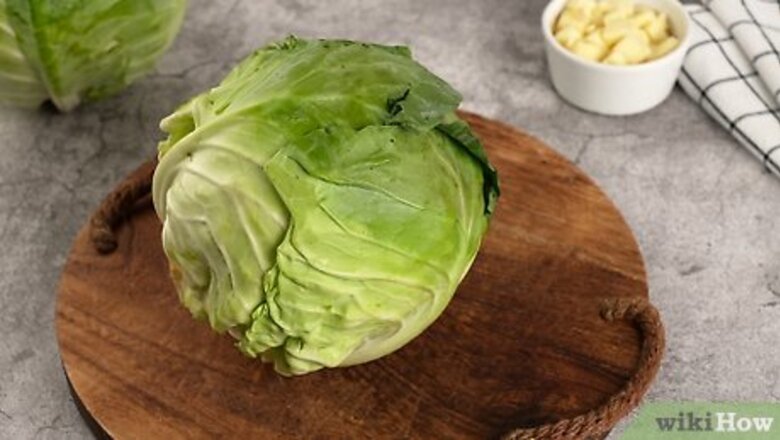
views
Selecting Cabbage
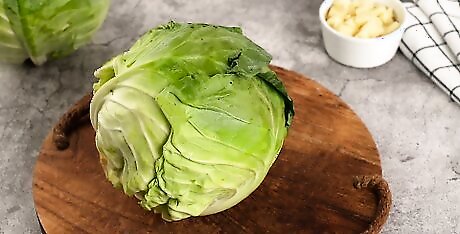
Look for cabbages that have bright colour to them. Cabbage comes in either a green or red color. When picking out green cabbages, look for those that are shiny and bright, almost lime, green. Red cabbages should be a deep maroonish-purple color.
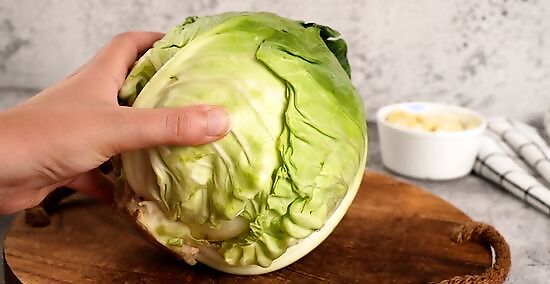
Feel the outside to make sure that the cabbage is firm to the touch. If you feel a cabbage and it feels soft and spongy rather than firm and dense, your cabbage might be rotten on the inside. Only pick out cabbages that are firm or hard to the touch.
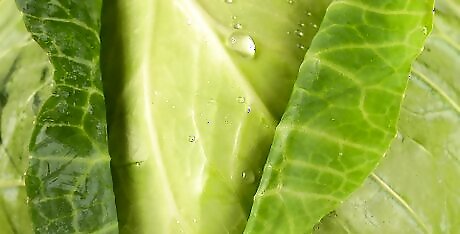
Pay attention to the leaves. When you are picking out a cabbage, look for cabbages that only have a few leaves hanging free from the rest of the head. If your whole cabbage looks like its come a little undone, and there are many leaves that are not tightly pressed to the stem (or center) of the cabbage, that cabbage might have a weird texture or flavor. You should also look for leaves that are crisp rather than soft. Soft leaves means that the cabbage is a little old or has had damage done to it.
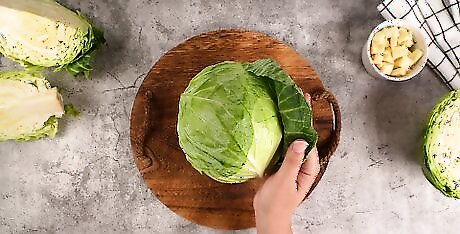
Avoid any cabbages that show signs of discoloration or rotting. If the leaves are heavily damaged or there are a lot of blemishes (dark spots) on the cabbage, you should not buy it. These characteristics are generally associated with worm damage.
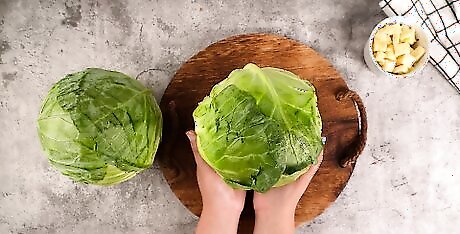
Know the difference between large and small heads of cabbage. Generally, larger heads of cabbage will have a milder flavor than smaller, more compact heads of cabbage. If you are new to eating cabbage or are trying to get yourself to like it, pick larger heads that will hit you with less of that cabbage-y flavor. You should also keep in mind that a cabbage picked after a frost will be sweeter than one picked before a frost. If you are purchasing your cabbage from a farmer's market, ask the person selling cabbage if their farm has had a frost yet.
Storing Cabbage
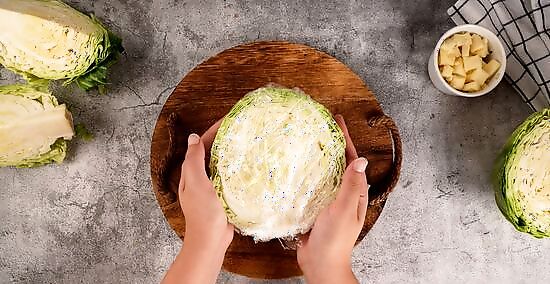
Keep your cabbage whole until you plan to use it. When you cut cabbage, it begins to lose its vitamin C. If you absolutely must store part of a cabbage, wrap it tightly in plastic wrap and store it in the refrigerator for up to two days.

Store the cabbage in the crisper of your fridge. Keeping your cabbage cold will help it retain its nutrients and crisp texture. Place it inside a plastic bag first. It should stay in satisfactory condition for up to two weeks. If you have purchased Savoy cabbage, store it in your refrigerator for no more than one week. Use it after the week is up or else it will begin to go bad.
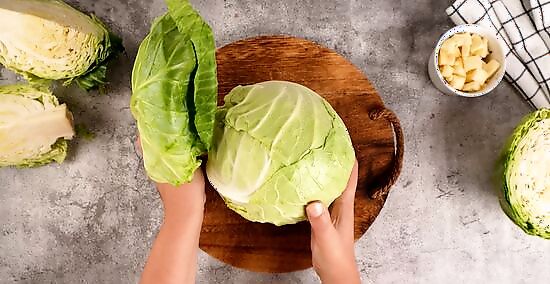
Discard the outer leaves before you use your cabbage. This is especially important if any of the leaves have withered during storage or travel. Rinse the leaves and use as required. Enjoy!
Ideas for Cooking Cabbage
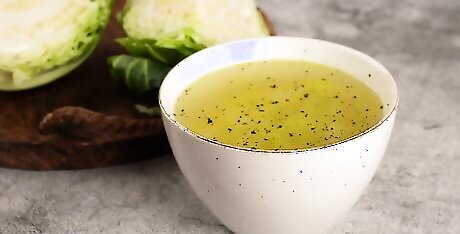
Try making cabbage soup. Not only is cabbage soup tasty, it is also the center of a new diet trend.
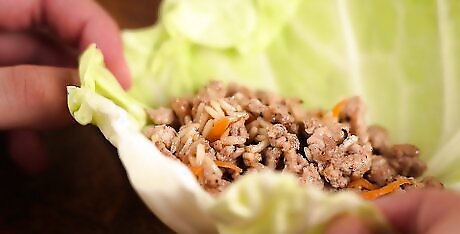
Make stuffed cabbage for dinner. Gołąbki, or golumpki in English, is a traditional Polish dish that will want to make you want to say hurrah (hooray in Polish).
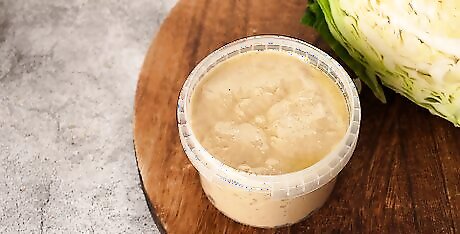
Try some Halwa. Are you looking for something sweet? Look no further than cabbage Halwa. Halwa is a type of sweet confection that can be found in Central, South and West Asia, as well as the Balkans.
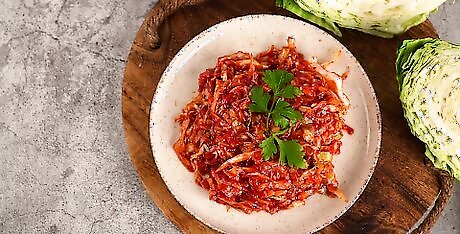
Try some braised cabbage. Not only is braised cabbage delicious, nutritious and vegan, it’s also Russian! You should try it.
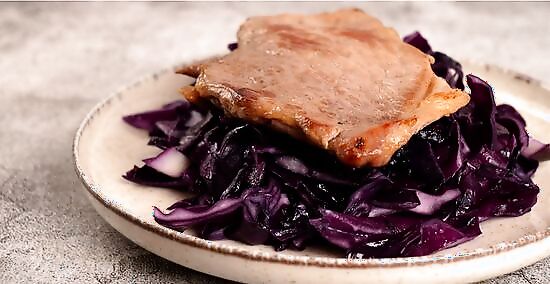
Pair pork chops with red cabbage. These two go together like salt and pepper, ketchup and mustard, or Butch Cassidy and the Sundance Kid.
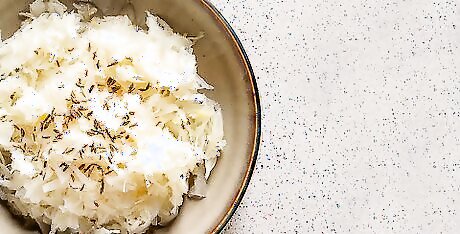
Make your own sauerkraut. Why settle for the store bought, processed sauerkraut when you could make your own out of fresh cabbage?




















Comments
0 comment